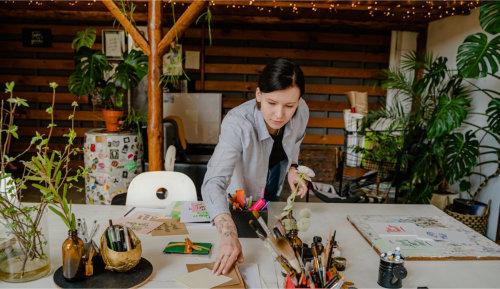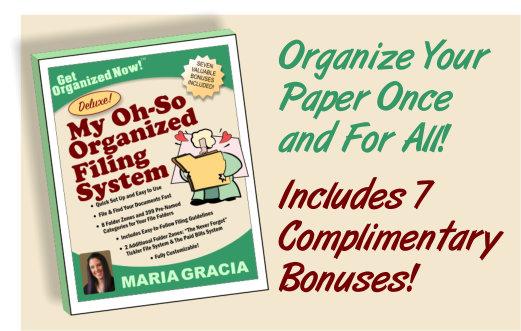It sneaks up on you. One day, you open a drawer or peek into the back of a closet and spot
something that feels strangely unfamiliar—party decorations for a theme you wouldn’t pick now, a high chair gathering dust, or the pile of race bibs from a running life you haven’t lived in years.
It’s a little jolt, realizing how much our homes can become shrines
to former versions of ourselves. We hang onto things that once made sense but no longer serve us, as though we’re trying to preserve a version of life that’s already changed.
But life does change. And so should our homes.
We evolve through seasons—carefree
twenty-something to busy toddler parent to empty nester to full-time caregiver. Maybe you were the host who threw elaborate holiday parties, but now your evenings are quiet, and your ideal night involves a book and a cup of tea.
Maybe you used to train for
half-marathons and now you're more about gentle morning stretches and dog walks. Or maybe you had a full household and now you’re living solo, but your kitchen still holds gadgets for eight.
Letting go of those old versions of ourselves can feel emotional, but it’s also incredibly freeing. When we organize based on our current
lifestyle instead of clinging to the past, our homes begin to feel lighter, calmer, more aligned.
Here’s how to start making that shift:
1. Ask: Does This Fit My Life
Today? Take a walk through your space with fresh eyes. As you pass each room, look at what's there and ask yourself, “Does this reflect the life I’m living now?” The sewing machine you haven’t touched in five years, the bins of baby clothes your now-teen has outgrown, the stacks of cookbooks when takeout is more your style—these may be worth revisiting.
2. Honor the Past, But Don’t Live in It: You don’t have to toss everything from former chapters. Choose a few meaningful keepsakes that remind you of the joy from those days—a single framed race photo, your child’s first pair of shoes, a special platter from holiday parties. But let the rest go. Donate it, gift it, or repurpose it. Your memories aren’t in the clutter. They’re in your heart. 3. Make Room for What You Need Now: Maybe you’ve taken up painting or gardening.
Maybe you’re starting a home-based business or focusing more on self-care. Organizing for who you are now means carving out space for these new priorities. Set up that art corner. Make room on your kitchen counter for your smoothie blender. Create a cozy reading nook where the playpen used to be.
4. Give Yourself Permission to
Change: We often keep things “just in case” we become that version of ourselves again. But growth doesn’t always mean going back. You’re allowed to outgrow hobbies, routines, even identities. Organizing with intention means accepting who you are now—and letting that be enough.
5. Keep Checking In: This Isn’t a One-time
Job. We keep growing, and so should our spaces. Every few months, revisit your home with this question: Does this support the life I’m living now? If the answer is no, it’s okay to make adjustments.
When your home reflects your current self, it becomes a place that nurtures and energizes you, instead of one that feels stuck in
the past. You deserve a home that’s ready for your now—not who you used to be, but who you are today.
P.S. On another note...
Whether you're nurturing herbs on a sunny windowsill or harvesting ripe tomatoes from backyard rows, my For the Love of Gardening curated collection is designed for anyone who delights in the gardening life—and wants to make it simpler and more rewarding. 










